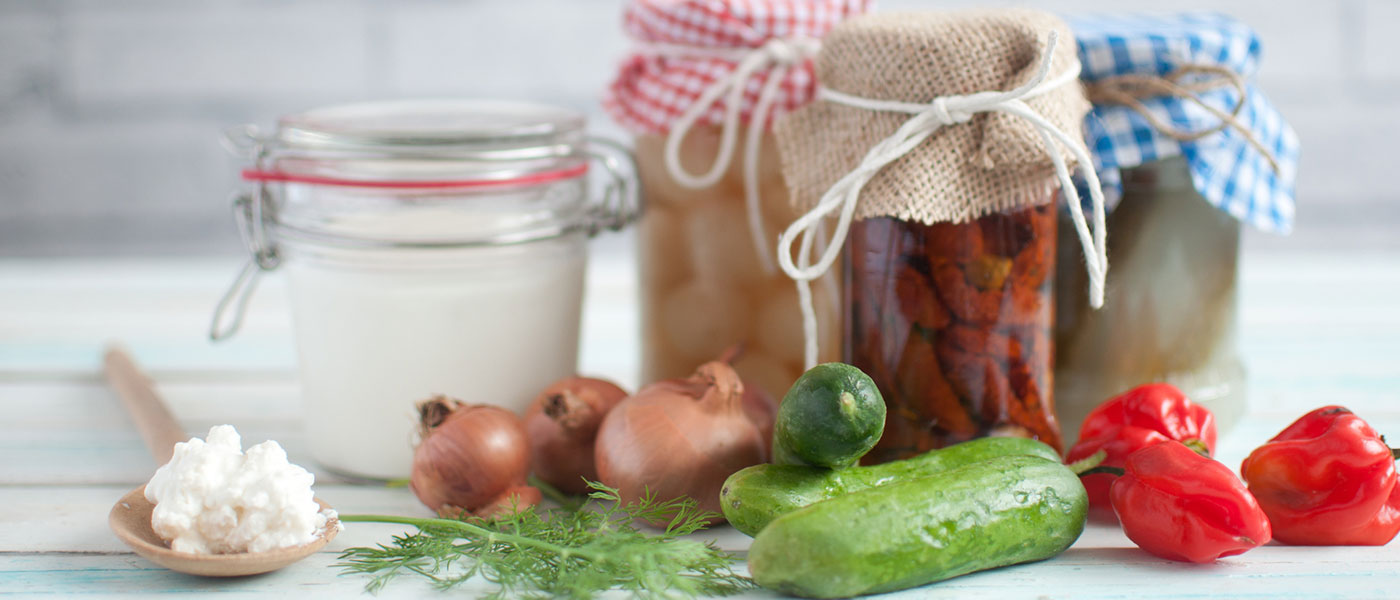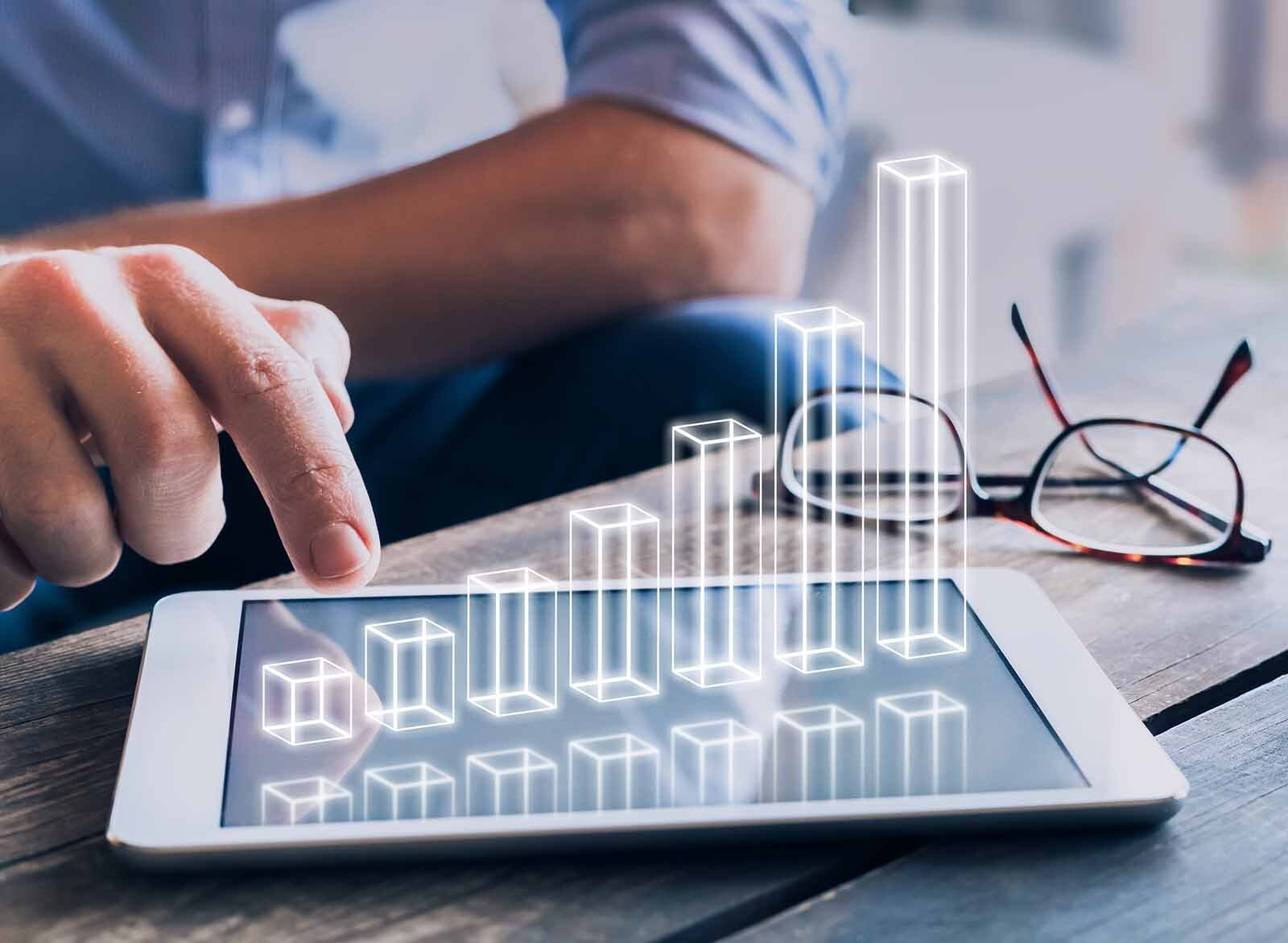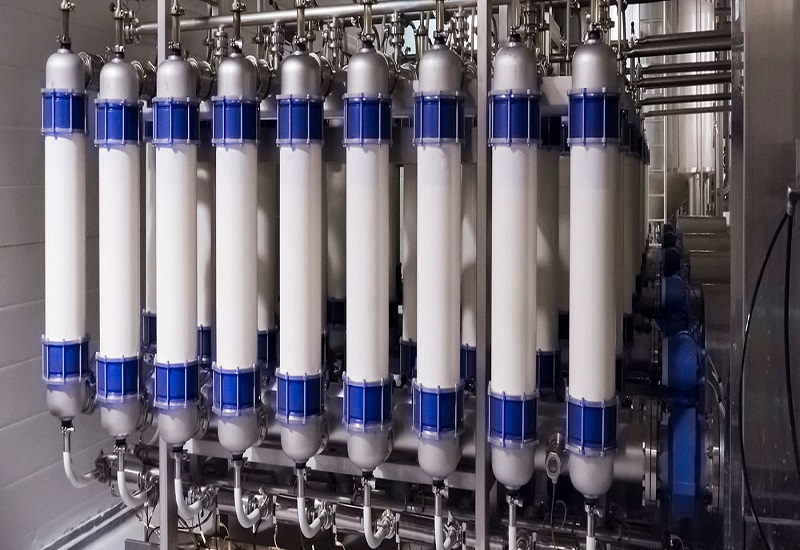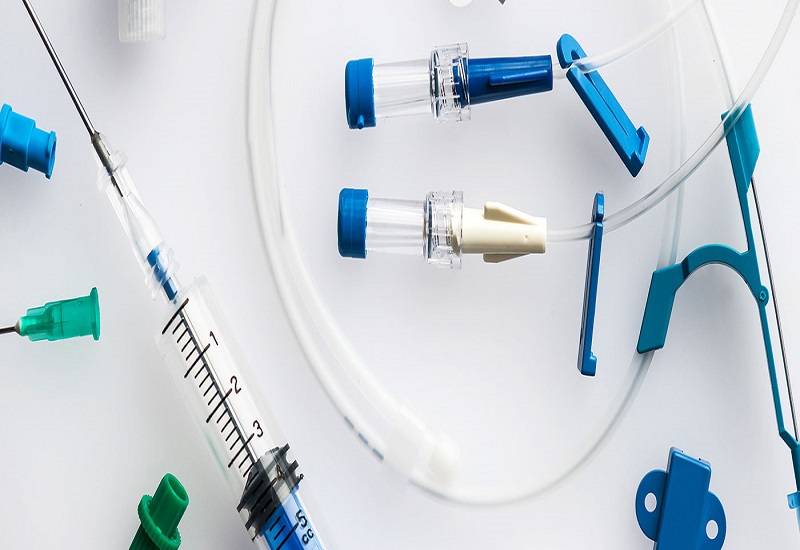






Insulation materials play an important role in maintaining the internal environment of buildings and increasing energy efficiency. This in-depth analysis sheds light on this industry in the Americas and identifies the growth opportunities, challenges, and advanced techniques.

This comprehensive research examines the consumption of Li-ion battery materials, advancements in battery chemistries, rapid increase in electric vehicle (EV) sales, regulatory scenario, shift in consumer preferences, and robust methodologies that will facilitate growth and development.

With the pandemic bringing significant changes in this industry, this report analyzes the industry metrics and recommends changes that participants need to consider in technology, operations, etc. Changing consumer behavior requires better strategic planning to boost future growth.

After a year and a half in the COVID era, most business travel has halted or trickled down by over 90% and in some countries, 100%, according to many international organizations. Business travel has changed in many aspects and will not return to pre-COVID levels anytime soon. Many have predicted a return somewhat in Q4 2021 or by Q3 2022 at the latest. I doubt this.
Travel needs to be categorized in two ways
1. Domestic Travel - air travel, train car, etc. In Japan, for example, most travel has stopped, but there are some cases for essential travel like fixing equipment or face-to-face meetings. In the US, business travel is coming back but to a lesser degree than 2019 numbers.
2. International Travel - air predominantly. Most travel has been halted for a number of reasons, including PCR test requirements and quarantines of one week to 14 days - some even as high as three weeks. Some countries are totally locked down. Due to this, I expect most international business travel to remain blocked until the second half of 2022.
Schedule a dialog or email us at myfrost@frost.com to connect with an industry expert at no charge. We are taking unprecedented action to make our team available to help you cut through the media and politics to get factual one-to-one guidance for the issues and opportunities that matter most to your business.

Innovative Developments Drive Growth of Pet Food Ingredients
Read more Request Info
Western European Protective Footwear: Sustainability Boosts Growth
Read more Request Info
Robust Growth Opportunities for Infant Formula Ingredients
Read more Request Info
Massive Innovations Power the Growth of Industrial Adhesives and Sealants
Read more Request Info
Polymeric Membranes: Water Scarcity and Circular Economies Boost Growth
Read more Request Info
Robust Innovations Powering Growth of the Global Medical Plastics Sector
Read more Request Info
Electric Vehicles to Power Growth of Automotive Adhesives and Sealants
Read more Request Info
Growth Strategies in the North American Respiratory Protection Sector
Read more Request InfoAluminum as a material is circular and can be recycled unlimited times without losing its original properties. Economies moving forward should facilitate scrap handling smoothly and efficiently, from end-of-life scrap to reusing scrap during the production stage (in-house scrap). Aluminum can help in achieving circular economy goals.
Read more
According to World Health Organization (WHO) statistics, food-borne diseases in Southeast Asia, including India, are a leading cause of mortality, and more than 40% of the cases reported are among children younger than 5. This underlines the need for an all-around approach to ensure food safety—spanning health, sanitation, and food security—and the need for stakeholder participation.
Read more
Frost & Sullivan’s recent analysis, Global Industrial Adhesives and Sealants Growth Opportunities, finds that the increasing consumption of adhesives and sealants by end-use industries—packaging, electrical and electronics, industrial machinery, and metal and glass processing—is inflating their demand globally. By 2027, the global adhesives and sealants market is estimated to garner $21.52 billion in revenue from $14.43 billion in 2020, an uptick at a compound annual growth rate of 6%.
COVID-19 has accelerated digitalization across industries, business models, and touchpoints. As communication and sharing of information move from a physical to digital medium, users must protect access to their identity online using secure, portable, and verifiable credentials in real-time. Therefore, a digital identity system compiling personal information such as name, passport number, health data, and financial information that can be linked to a secure digital device or account will be a critical enabler.
The rapid adoption of green technology in the chemicals industry is further accelerated as sectors across the globe reopen and recover from the impact of COVID-19. Players in the industry face challenges to advance in the post-pandemic world as the rapidly changing end-market and consumer preferences create new opportunities from emerging applications and a potential decline in existing applications.
Read more